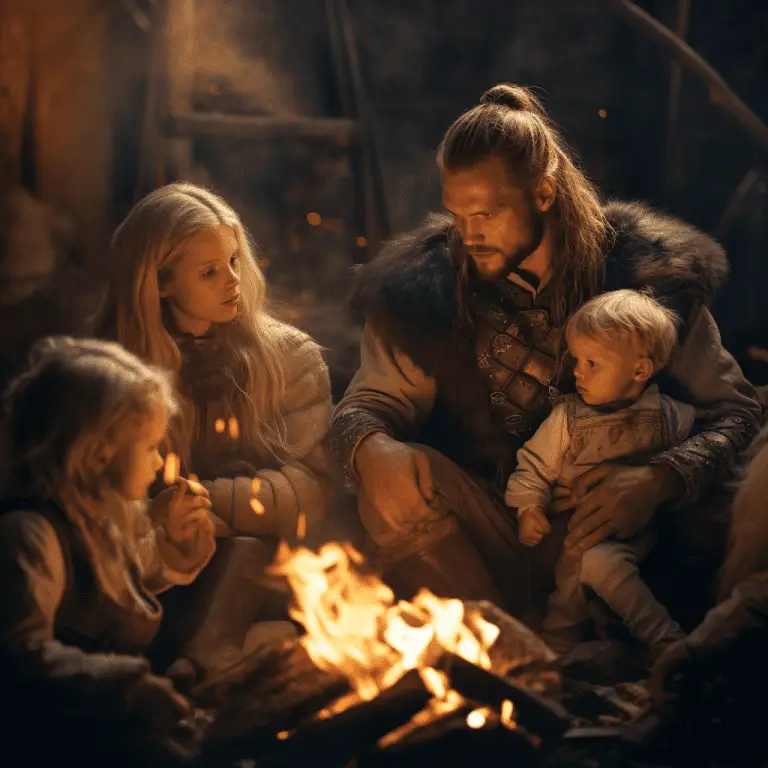During the Yule celebration in Viking times, the Norse people engaged in various rituals and festivities to mark the winter solstice and the return of longer days. While specific customs might have varied across regions and communities, some general aspects of how Vikings might have celebrated Yule include.
The Norse Yule celebration was not a fixed event of a specific duration, like a modern holiday with a set number of days. Instead, Yule marked the winter solstice, typically around late December to early January, and the festivities could last for various lengths of time depending on local traditions and customs.
Feasting and Drinking
Yule was a time for feasting, and the Vikings would gather with family and friends to share a celebratory meal. Meats, particularly boar, would be a common feature on the Yule table. Ale and mead, the traditional Norse beverages, flowed freely.
Yule Log
The Yule log, often a large and carefully chosen piece of wood, was a central part of the celebrations. It was lit with the remnants of the previous year’s Yule log to symbolize continuity and the return of the sun’s light and warmth.
Gift-Giving
While not as elaborate as modern Christmas gift exchanges, there is evidence to suggest that small gifts were exchanged during Yule. These gifts symbolized good luck and blessings for the coming year.
Rituals and Ceremonies
Yule was a time for various rituals and ceremonies, often conducted in honour of the gods. Blóts, or sacrifices, might be performed to seek the favour of the deities for protection and prosperity.
Boar Sacrifice
The boar was a sacred animal associated with the god Freyr, and it was often sacrificed during Yule as an offering for fertility and abundance.
Storytelling and Entertainment
Yule nights were long, and storytelling was a popular form of entertainment. Skalds, or Norse poets, would recount tales of gods, heroes, and legendary adventures.
Symbolic Decorations
Evergreen branches, such as those from the fir tree, were used as decorations during Yule. These symbols of life and vitality were believed to bring good fortune.
Yule was a time to celebrate the continuity of life, express hope for the return of spring, and seek the blessings of the gods for the coming year. While the Vikings did not celebrate Christmas in the Christian sense, some of the Yule traditions share similarities with modern Christmas customs.



